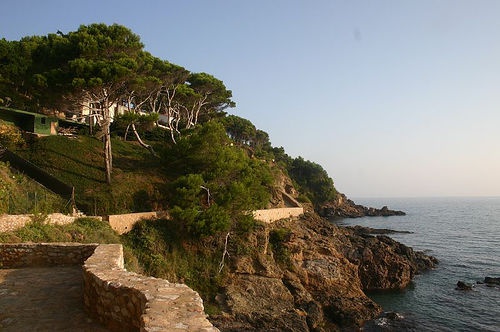Climate change impacts on coastal aquifers in the Mediterranean

The combined effect of changes in recharge, crop water demand and sea level rise on groundwater levels and flow into coastal wetlands was studied for three Mediterranean areas: the Central Algarve (Portugal), the Ebre Delta (Spain), and the Atlantic Sahel (Morocco). This was done for combinations of a Regional Climate Model (RCM) and a driving Global Circulation Model (GCM) under the IPCC A1b climate scenario, for the periods 2020–2050 and 2069–2099, and compared with 1980–2010 (for the Portuguese and Moroccan sites) and 1960–1990 (for the Spanish site). According to the results:
- Crop water demand will increase steadily, causing 15–20 % additional evapotranspiration until 2100. For the Portuguese site, crop groundwater demand is expected to increase by 32 %.
- Groundwater recharge will decrease toward the end of the century (mean >25 %) in all three areas.
- The response of groundwater flow to the projected decreases in recharge and increases in pumping rates will be a strongly reduced outflow into the coastal wetlands. Near the Ebre delta, a reduction of 20 % in spring discharge into the wetlands is expected at the end of the century.
- The impact of sea level rise is insignificant when compared to the decrease in recharge and increase in crop water demand: under many circumstances, intensive pumping near the coast is a more important trigger of seawater intrusion than sea level rise itself.
- In the long term, water availability in the three regions is projected to decrease substantially and, together with increasing water demands, may seriously affect the wellbeing of humans and ecosystems that depend on groundwater for their subsistence.
Source: Stigter et al., 2012. Regional Environmental Change. Published online 12 December 2012.
Photo: Robin Taylor (www.flickr.com)



